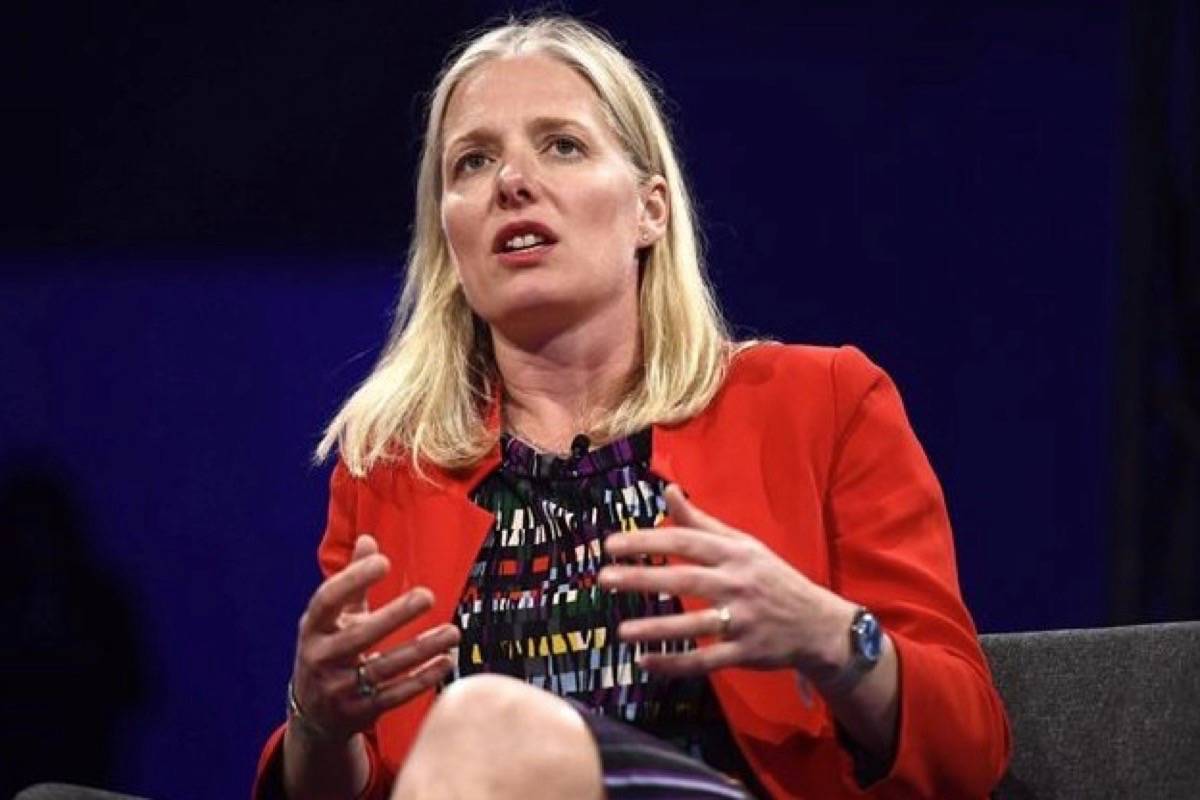Bowing to concerns about international competitiveness, the Trudeau government is scaling back carbon pricing requirements for some of the country’s heaviest energy users, and signalling that more easing could come before the plan takes effect in 2019.
Environment and Climate Change Canada has issued new requirements that will increase the emissions threshold at which polluters will have to pay a carbon price.
The system will only affect industries in provinces which don’t have their own federally-approved carbon pricing system. All provinces and territories have to submit their carbon pricing plans by September, and if they don’t meet federal requirements, consumers and industries in those provinces will be subject to part or all of the federal system.
That includes a minimum carbon price of $20 per tonne of emissions for most fuels such as gasoline, diesel, propane and natural gas. Larger industrial emitters whose annual emissions exceed 50,000 tonnes will be exempted from paying the carbon price on their fuel inputs, and instead pay it on what they emit over a certain amount.
In January, the federal government suggested that threshold would be set at 70 per cent of the average emissions intensity for their industry. The carbon price would apply to any emissions exceeding the threshold, and companies that emit below the threshold will receive credits from the government they can trade to companies that exceed the limit, to create a market incentive for companies to find a way to reduce their greenhouse gas footprint.
Emissions intensity is the amount of greenhouse gases produced per unit of production.
READ MORE: Ontario, Saskatchewan premiers unite to oppose federal carbon plan
After a two-phase review that looked at historic emissions and trade exposure for several industries, the federal government has decided to raise that threshold.
Cement, iron, lime and nitrogen fertilizer producers will have their threshold raised from 70 per cent to 90 per cent. The other affected industries, such as mining, potash, pulp and paper, and oil refineries, will have the threshold increased from 70 per cent to 80 per cent.
The government is accepting comments from industry on the plan with an aim to finalizing the threshold system this fall, for implementation in 2019.
The revisions come as big industries face competitive threats from south of the border in the form of corporate tax cuts and protectionist tariffs, and as Ottawa prepares to replace Ontario’s cap-and-trade system with its own carbon levy.
The new Progressive Conservative government in Ontario has eliminated the province’s cap-and-trade system and is joining Saskatchewan in a court case challenging the federal government’s jurisdiction to impose a carbon price on provinces.
Alberta, B.C., Manitoba and Quebec all have carbon pricing plans that are expected to meet federal requirements for 2019, meaning the federal system will not be imposed there. Nova Scotia has a cap and trade system that will kick in next year that also could meet federal requirements.
The Canadian Press



